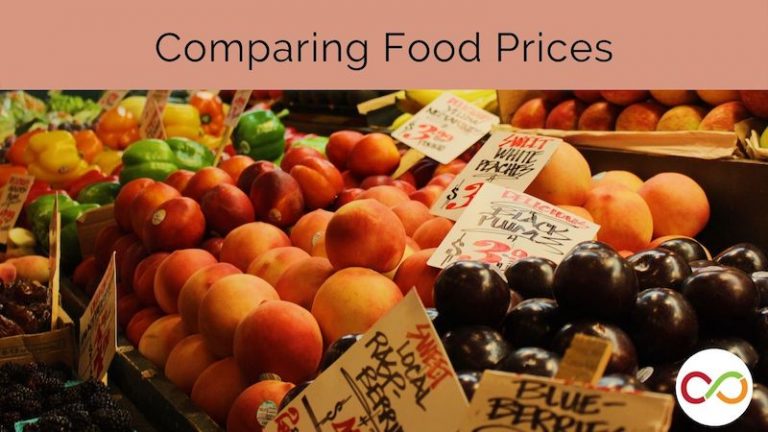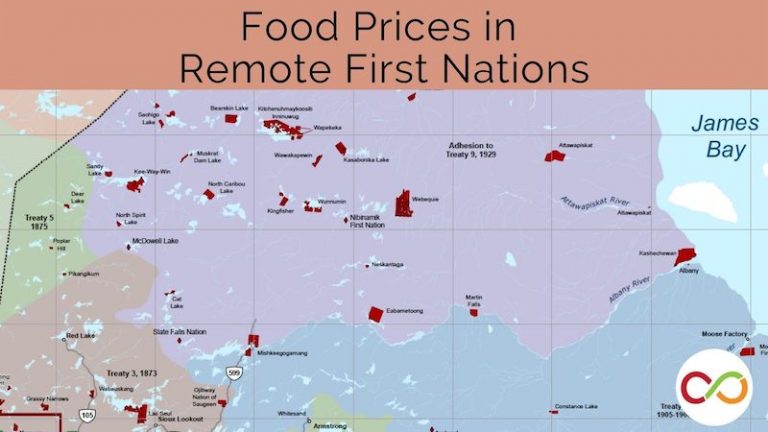Subsides: Do they offset the high cost of Food?: Food Insecurity Part 3
Age group
- Junior/Intermediate (Age 9 to 12)
Curriculum Goal
Junior: Number Sense
Read, represent, compose, and decompose whole numbers up to and including 100 000, using appropriate tools and strategies, and describe various ways they are used in everyday life.
Junior: Financial Literacy
Estimate and calculate the cost of transactions involving multiple items priced in dollars and cents, including sales tax, using various strategies.
Related Links
Context
- Students explore subsidies and other solutions to high food prices in remote Indigenous communities.
- Students should have completed Food Insecurity: Part 1 and Food Insecurity: Part 2 to better understand the reasons behind the high costs of food in remote regions of Northern Ontario.
Materials
- Background: Subsidies in Ontario (Appendix A)
- Handout: Determining item cost before subsidy (Appendix B)
- Chart: Subsidy levels for Attawapiskat First Nation (Appendix C)
- Chart: High, Medium and Low Subsidy Grocery Items (Appendix D)
- Example: Using Appendices B, C and D to determine the cost before subsidy (Appendix E)
Lesson
After investigating the factors that influence food prices in Food Insecurity: Part 2, introduce students to subsidies as a possible solution to offset high food prices.
- Introduce the concept of a subsidy and show examples of services that receive subsides (Appendix A).
- Explain that governments have attempted to offset the high cost of food in Northern Ontario with a subsidy program called Nutrition North. The food prices seen in Attawapiskat (Food Insecurity: Part 2) is the cost of the item minus the subsidy.
- Provide your students with Appendix B and ask that they use this handout to aid in their calculations of food costs before the subsidy was applied. To do this, students will reference two charts:
- Appendix C shows the varied subsidy applied to items categorized as high, medium, and low;
- Appendix D shows a chart of which grocery items are considered high, medium, and low subsidies.
- Appendix E for an example of the calculations on the chart.
Ask students:
- What do you notice about food prices in Southern Ontario and Attawapiskat?
- Does the subsidy help to equalize the cost of food between Southern Ontario and Attawapiskat? What else could the government do to help with this?
- What other sources of food (i.e., traditional foods) are not being addressed through subsidies?
Look Fors
- Can students calculate the amount of subsidy applied to food items?
- Can students convert items from grams to kilograms?
- Do students use mental math strategies?

